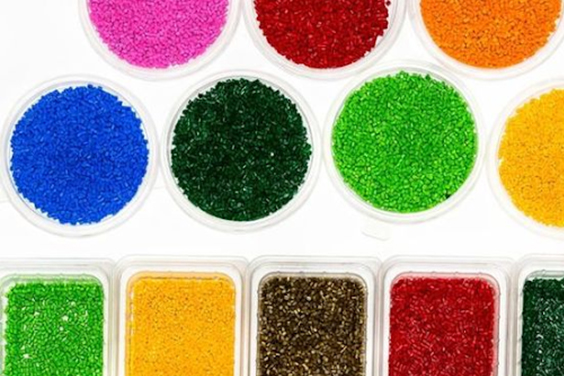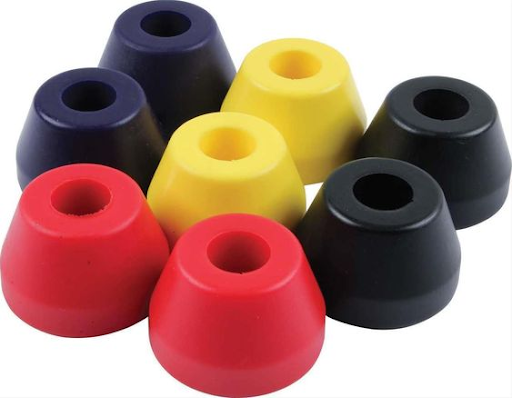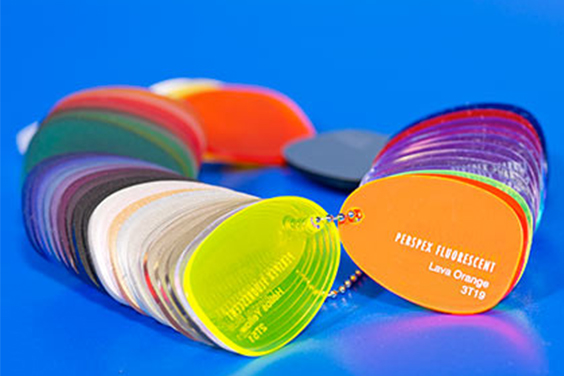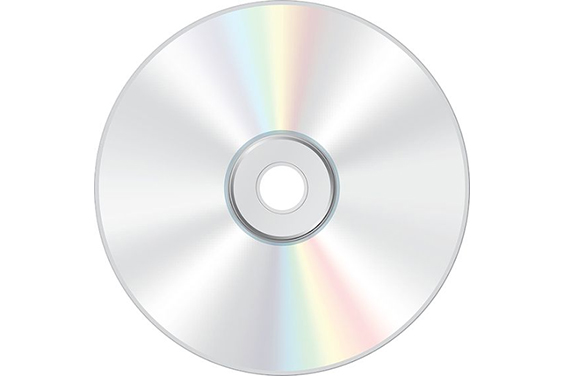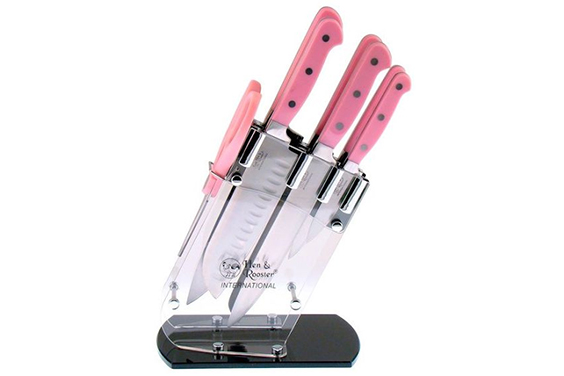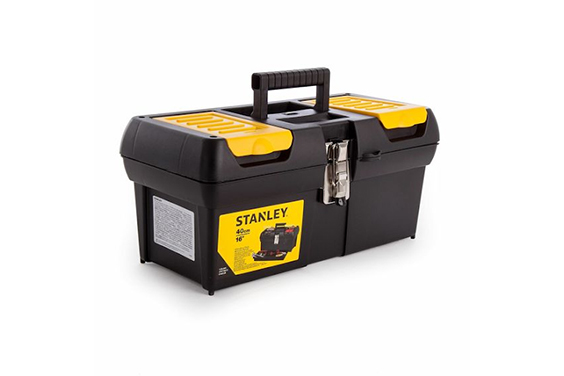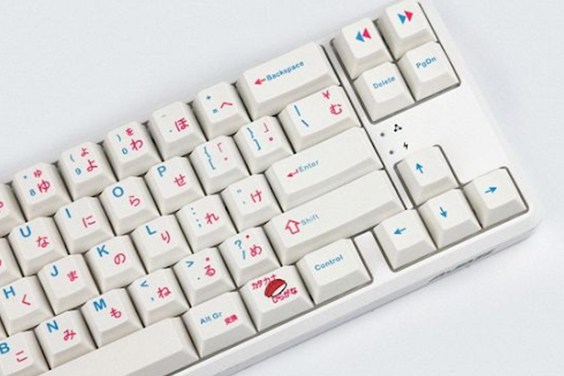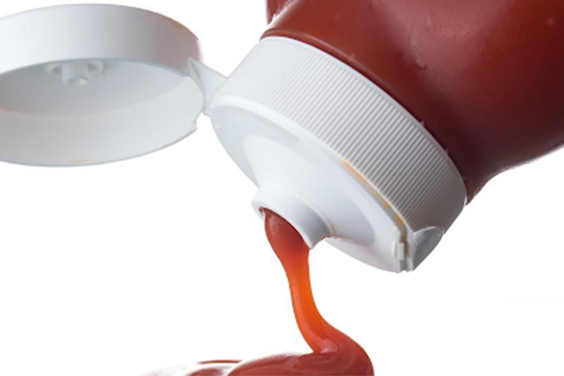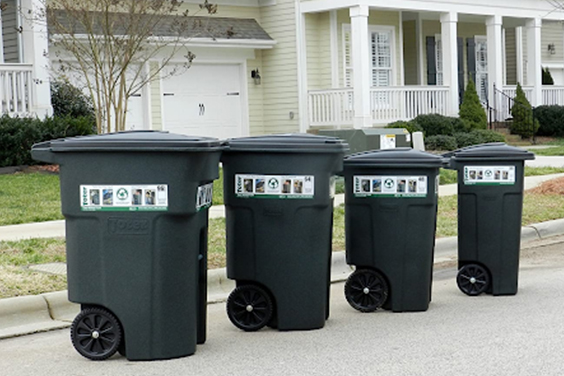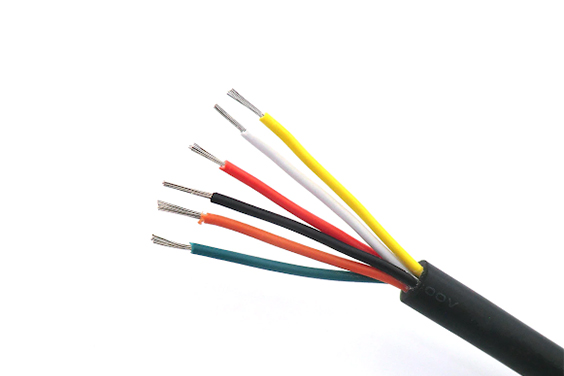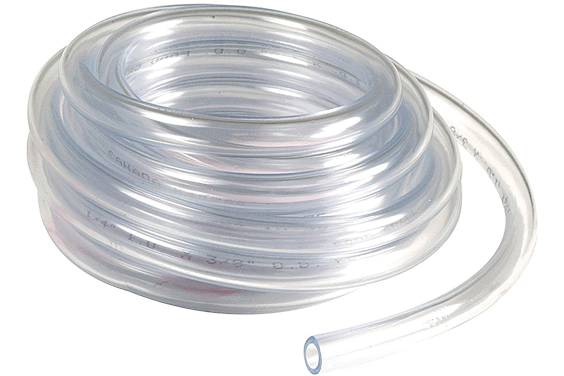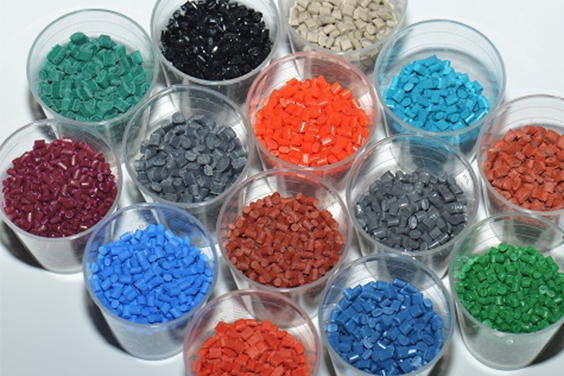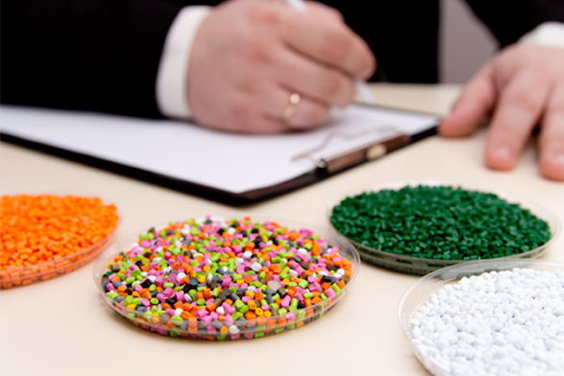Top 10 Materials For Injection Molding
- Home
- > Blog
- > Top 10 Materials For Injection Molding
Share :
Share :
Do people frequently ask what is the best plastic injection molding material for a given project? The best resin is the one that is right for your project and can make your plastic injection molding services attainable at a lower cost.
You will need to think about what kind of injection molding material will withstand various environmental problems like temperature changes, moisture, chemical exposure, UV light, and so on. The material’s strength, durability, flexibility, color, and cost are then taken into consideration. Check out different materials you can pick from.
Top 10 Materials Used For Injection Molding
Injection molding manufacturers use different types of materials to come up with the best products out of them. As a result, we would like to assist you in narrowing down your search by describing the qualities of the 10 most popular China mold resins that we utilize for the vast majority of the parts we create at Immould.
Nylon (PA)
Nylon is frequently used in the manufacture of robust automobile parts such as bushings, gears, and bearings. It’s highly frequent in automotive applications since, in comparison to a metal analog, it helps to cut weight and minimize production costs. Although it’s tough plastic, it has a tendency to absorb water, thus it’s not the best choice for maritime applications.
Advantages Of Nylon (PA)
- They are strong and can withstand a lot of heat.
- They have excellent abrasion resistance.
- They are also resistant to fatigue.
- They also have noise-deadening qualities.
Disadvantages Of Nylon (PA)
- Nylon has a high rate of combustion.
- Sunlight can cause the nylon to deteriorate.
Acrylic
Acrylic is used to make transparent items like windows, view screens, and lighting equipment. Because of its great tensile strength and weather and scratch resistance, it is frequently used as a substitute for glass. It takes dyes and colorants nicely, allowing you to create a variety of mold designs and artistic effects.
Acrylic is odorless and tasteless, and it does not contain Bisphenol A, in addition to its optical and transparent qualities (BPA). Because BPA is a toxic organic molecule, acrylic injection molding resins are deemed safe for food preservation.
Advantages Of Acrylic
- Acrylics have a high tensile strength, which allows them to endure heavyweights.
- The material is also UV and weather-resistant, making it appropriate for outdoor use.
- PMMA will not emit Bisphenol A (BPA), a chemical found in many plastics that has been linked to health problems when it comes into contact with water.
Disadvantages Of Acrylic
- They are more expensive than glass and are more easily scratched.
- Grease and oils can also readily discolor them.
- PMMA will not emit Bisphenol A (BPA), a chemical found in many plastics that has been linked to health problems when it comes into contact with water.
Polycarbonate (PC)
Another clear injection molding material with great optical characteristics and high durability is polycarbonate. Precision dimensional control can be maintained while molding with this amorphous thermoplastic material since mold shrinkage is predictable and uniform. When we need something more durable than acrylic, we turn to polycarbonate.
Advantages Of Polycarbonate (PC)
- Polycarbonate is 250 times stronger than glass and is incredibly durable.
- PC plastic is also quite light.
- It has exceptional optical qualities that allow light to pass through it.
Disadvantages Of Polycarbonate (PC)
- Injected molded polycarbonate is not recommended for food storage since it contains BPA.
Polyoxymethylene (POM)
POM (polyoxymethylene) is a type of acetal resin used to make mechanical and automotive parts that would otherwise be made of metal. This technical thermoplastic is extremely tough, rigid, and robust. Gears, fasteners, knife handles, and ball bearings are all made with it.
Advantages Of Polyoxymethylene (POM)
- It has the ability to resist chemicals and has a low water absorption rate.
- Engineers and designers can choose from a variety of acetal materials with various qualities.
Disadvantages Of Polyoxymethylene (POM)
- POM has a poor impact strength and a rapid thermal expansion rate.
Polystyrene (PS)
There are two types of polystyrene typically used in injection molding resins: High Impact Polystyrene (HIPS) and General Purpose Polystyrene (GPPS) (GPPS). HIPS is opaque, but GPPS is transparent. Hard casings for toolboxes and the bodies of power tools are also made out of high-impact polystyrene.
There is a tradeoff to be aware of, as there is with so many things. PS is strong and resilient, so it can withstand a lot of punishment in the field. However, this also implies that it is not very environmentally friendly.
Advantages Of Polystyrene (PS)
- PS polymers are both affordable and light.
- Moisture and bacterial development are not a problem for them.
- Chemical resistance to diluted acids and bases is also strong with injection-molded polystyrene.
Disadvantages Of Polystyrene (PS)
- Polystyrene is combustible, UV-degradable, and hydrocarbon solvents such as benzene and kerosene attack it.
Acrylonitrile Butadiene Styrene (ABS)
ABS resin is an engineering-grade thermoplastic polymer with an opaque appearance. The use of ABS has a number of advantages. It’s robust, dimensionally stable, impact and scratch-resistant, and difficult to break. It’s also easy to mold due to the low melting temperature.
It’s often used to make electronic equipment like phone adaptors, keyboard keys, and plastic guards for wall sockets. What is the reason for this? Because ABS is a good insulator, it won’t conduct electricity or emit fumes if it comes into contact with fire. For product developers working on electrical devices, these are critical considerations.
Advantages Of Acrylonitrile Butadiene Styrene (ABS)
- Acrylonitrile Butadiene Styrene is tough.
- Acrylonitrile Butadiene Styrene is relatively inexpensive.
- It offers good resistance to heat, oils, acids, and alkalis.
Disadvantages Of Acrylonitrile Butadiene Styrene (ABS)
- ABS isn't an excellent choice for outdoor applications because it doesn't hold up well to sunshine or weather.
- When BS is burned, it produces a lot of smoke.
Polypropylene (PP)
Because it prevents chemicals from mixing with food, this thermoplastic injection molding material is widely utilized in the food storage and packaging business. Polypropylene is chemically and moisture resistant and can be washed in hot water without degrading. Impact strength, flexibility, and toughness are all exceptional in PP.
A mold maker should also keep in mind that PP is easily recyclable and that its flexibility allows it to be used to create live hinges that can be bent repeatedly without ripping.
Advantages Of Polypropylene (PP)
- Plastics made of polypropylene are chemically resistant and keep their shape after torsion or bending.
- When exposed to moisture or water, PP has a high melting point and will not decompose.
- Other plastic components can be blended with recycled PP.
Disadvantages Of Polypropylene (PP)
- UV light damages injection molded polypropylene, which is exceedingly combustible.
Polyethylene (PE)
In a municipal park, a row of four polyethylene trash containers is lined up. PE plastic resin is frequently used in this way. Polyethylene is a low-cost thermoplastic molding material with excellent chemical resistance, flexibility, and electrical insulation. It is not very tough or durable, but it’s cheap, and it’s used in everything from consumer plastic parts to milk bottles, medication and detergent bottles, plastic bags, and trash cans.
Advantages Of Polyethylene (PE)
- Low-cost polymers such as HDPE, LDPE, and PET are all resistant to moisture and chemicals.
- HDPE, which is an opaque substance, is softer and more flexible than LDPE.
- These materials appeal to engineers and designers because they offer a variety of optical clarity and other qualities.
Disadvantages Of Polyethylene (PE)
- UV resistance is low in PE polymers, and they cannot survive high service temperatures.
Thermoplastic Polyurethane (TPU)
TPU is a soft, elastomeric material with high tensile and tear strength. As a result, it’s frequently employed to create pieces with a rubber-like suppleness. TPU is more expensive than other resins, yet there is no substitute for it in many applications, such as protective wire and cable sheaths. Another benefit of TPU is that it provides a grip for objects that must be grasped firmly in the hand.
Advantages Of Thermoplastic Polyurethane (TPU)
- TPU is more resistant to abrasion, chemicals, greases, oils, and high temperatures than other materials.
- Injection-molded thermoplastic polyurethane is also load-bearing and suited for usage in a variety of settings.
Disadvantages Of Thermoplastic Polyurethane (TPU)
- TPUs may be overly rigid or lack the flexibility required for some injection molded products.
Thermoplastic Rubber (TPR)
TPR resin is a combination of plastic and rubber that is simple to work within the injection molding process. It is chemically and weather-resistant, as well as having a high impact strength. TPR is used in a wide range of fluid dispensers, flexible hoses, catheters, and other applications where a variety of liquids, including acid, are present.
Medical catheters, suspension bushings, and headphone wires all contain this recyclable material. Thermoplastic rubber, commonly known as thermoplastic elastomer, is a type of thermoplastic rubber (TPE).
Cost Of Injection Molding Materials
These injection molding materials are frequently utilized since they are both inexpensive and long-lasting. The type of material used to make a product should be determined by the product and its intended usage. The cost of these injection molding materials varies depending on what they are going to mold or even the location.
Polycarbonate, Polysulfone, Teflon, Polyurethane, Acetal, and PEEK are among the more expensive materials used in plastic injection molding. These materials are usually more durable or have unique qualities that make them ideal for specific applications. These plastics can be made even more durable by adding additives and other components, but this increases the cost.
Polypropylene and polyethylene, which have the lowest cost, are extremely versatile and are used to produce everything from milk jugs to automobile batteries. These are the materials that most people use on a daily basis, and cheap material costs enable mass production.
How To Choose Injection Molding Material
With over 85 thousand different injection molding plastic materials to select from, it’s easy to see how difficult it can be for injection mold designers, entrepreneurs, and others to choose the appropriate one for their projects. Because each material has thousands of variations, we will focus on a few factors.
The flexibility of Materials. All soft materials are flexible, while all hard materials are stiff, according to popular belief. It’s crucial to understand the distinction between soft and flexible materials. The ability of a material to resist bending under force is referred to as stiffness. When comparing an ABS ruler to a Nylon ruler, a nice illustration may be noticed. Despite the fact that ABS is a harder material than Nylon, bending a Nylon ruler is significantly more difficult than bending an ABS ruler.
Weight of the Materials. As a result, material weight plays a factor in material selection. The density of a plastic polymer will ultimately decide how heavy or light the final product is.
Cost of Materials. When it comes to plastic mold manufacturing, material cost is absolutely significant; nevertheless, material decisions should be made based on the product application rather than cost alone.
Conclusion
There are different types of materials used by plastic injection mold companies to achieve a great output. The above list will guide you to choose what fits in your mold design, check on their properties and applications to offer you more assistance. For more information about anything entailing injection molding, check out project fow.

